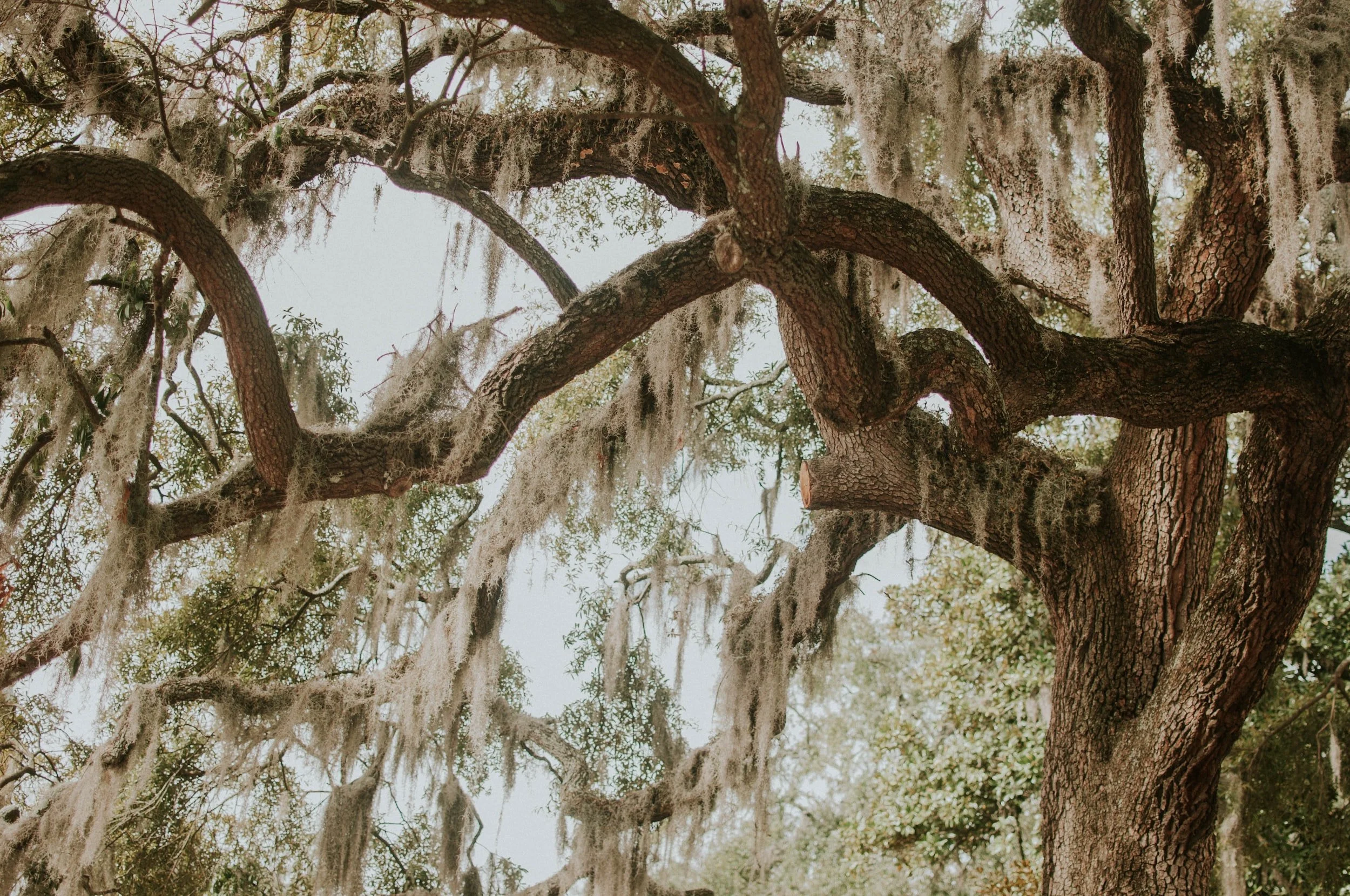Tree Diseases
As a tree care professional, it's important to understand the various diseases that can affect trees. These diseases can weaken and even kill trees, so it's important to identify and treat them as soon as possible. In this blog post, we'll discuss some common tree diseases and what you can do to prevent and treat them.
Dutch Elm Disease
Dutch elm disease is a fungal disease that affects elm trees. It is spread through the bites of elm bark beetles, which carry the fungus from infected trees to healthy ones. Symptoms of Dutch elm disease include yellowing and wilting of the leaves, browning and dying of the branches, and eventually death of the tree. To prevent Dutch elm disease, it's important to remove and destroy infected trees, as well as prune and dispose of any diseased branches. In addition, you can apply insecticides to protect healthy trees from being infected by elm bark beetles.
Oak Wilt
Oak wilt is a fungal disease that affects oak trees. It is spread through the root systems of infected trees and by certain insects, such as beetles and sap beetles. Symptoms of oak wilt include wilting and yellowing of the leaves, and eventually death of the tree. To prevent oak wilt, it's important to avoid wounding oak trees during the growing season, as wounds can provide entry points for the fungus. In addition, you can apply fungicides to protect healthy trees from being infected.
Anthracnose
Anthracnose is a fungal disease that affects a variety of tree species, including maple, oak, and sycamore. It is spread through spores that are carried by wind, rain, and insects. Symptoms of anthracnose include brown or black lesions on the leaves and twigs, and defoliation of the tree. To prevent anthracnose, it's important to remove and destroy infected plants, as well as prune and dispose of any diseased branches. In addition, you can apply fungicides to protect healthy trees from being infected.
Fire Blight
Fire blight is a bacterial disease that affects fruit trees, such as apples and pears. It is spread through the pollination of flowers by insects, as well as through pruning tools that have been contaminated with the bacteria. Symptoms of fire blight include black or brown leaves and twigs, and dying flowers and fruit. To prevent fire blight, it's important to sterilize pruning tools between uses, and to remove and destroy infected plants and branches. In addition, you can apply bactericides to protect healthy trees from being infected.
By understanding these common tree diseases and taking steps to prevent and treat them, you can help keep your trees healthy and strong. If you suspect that your trees may be infected with a disease, it's important to contact a certified arborist for a proper diagnosis and treatment plan. At Bonilla Tree Service, we have the knowledge and expertise to help you care for your trees and protect them from disease. Contact us today to learn more about how we can help.

